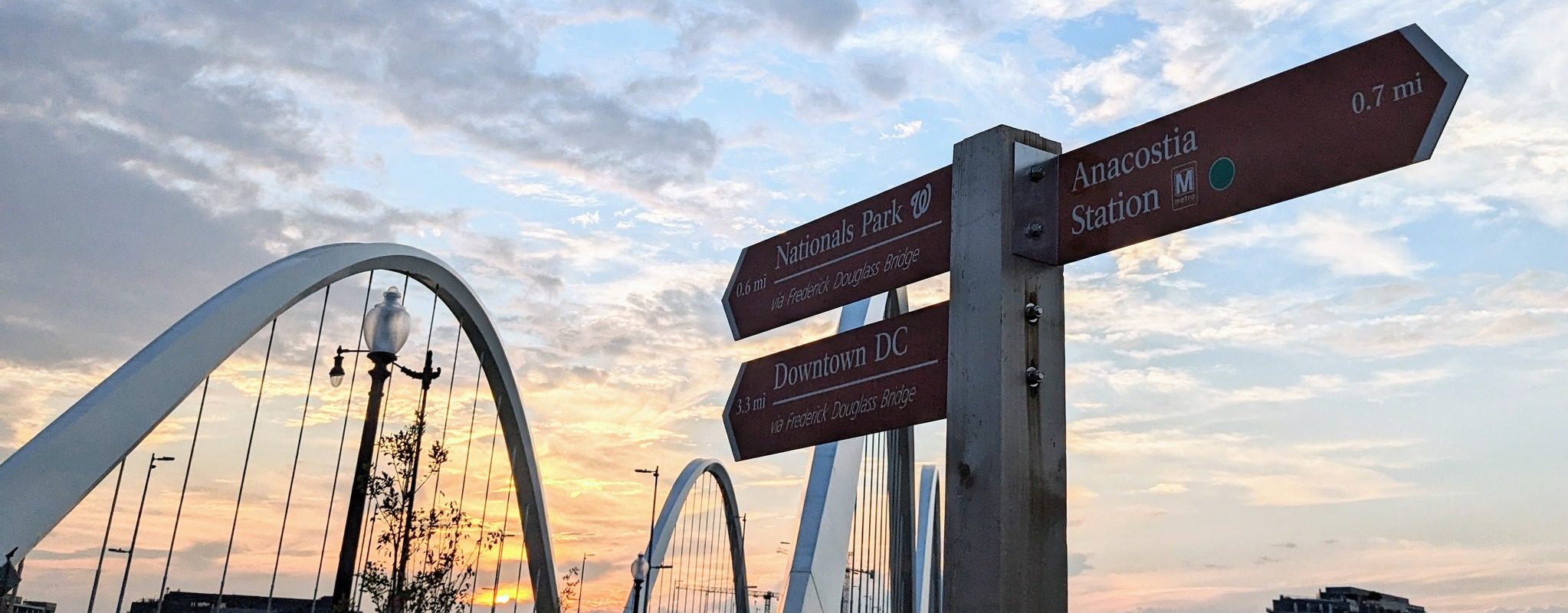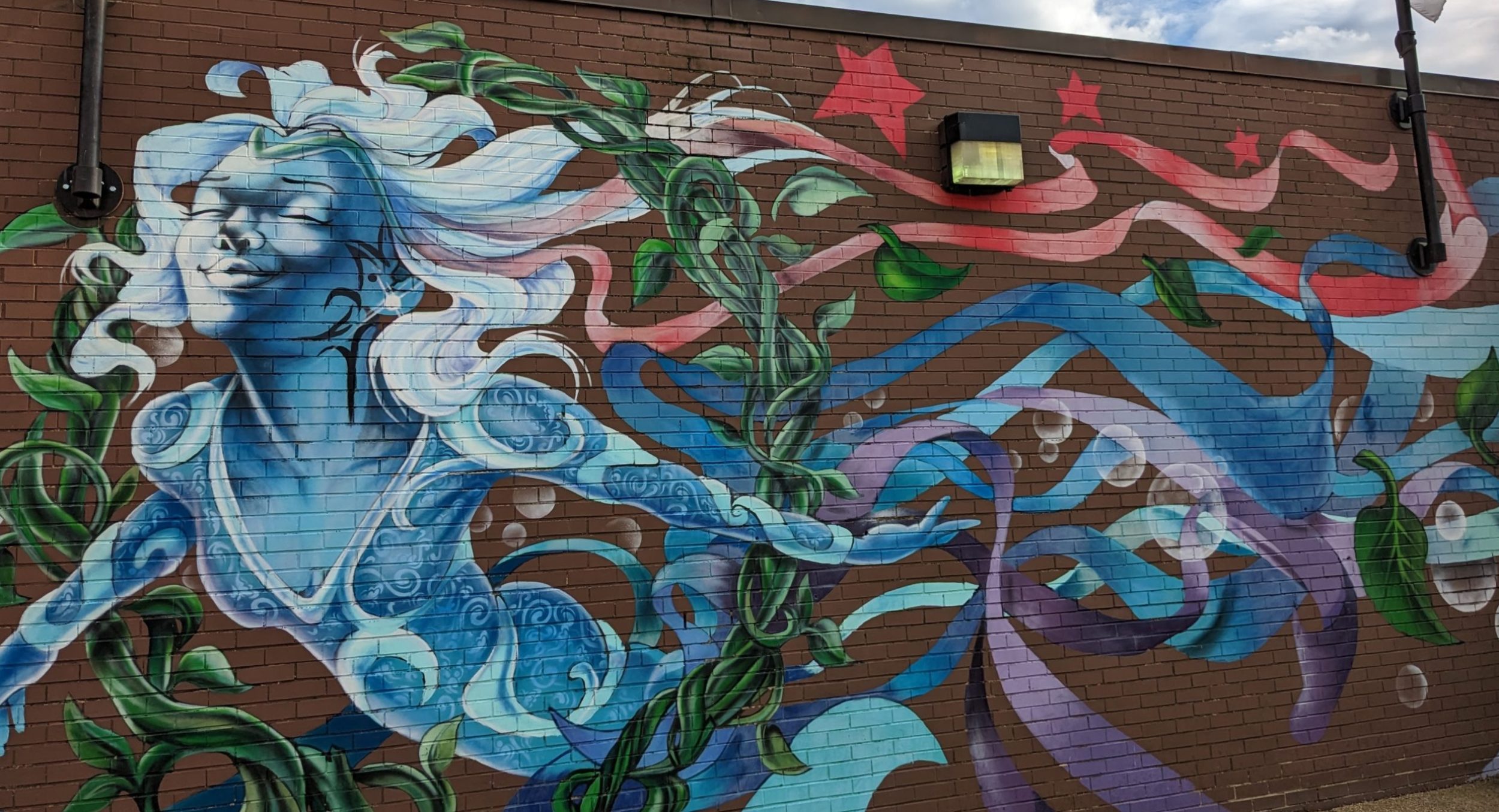Ouro Preto, Brazil’s city named for black gold , can hold its own with Italian hill towns that ripened over centuries. Its steep cobblestone streets lead from one church to the next. Paintings of saints look down from the ceilings, giving the impression of watching the congregation.
But, Ouro Preto is a boomtown. It sprang up over some heady decades of a gold rush. Portuguese craftsmen, African slaves and children born from the two groups whipped up this city’s treasures out of what had been far less settled land.
These workers built improbably ornate Baroque churches in the New World, and filled with ornate carvings. While their style may be a little heavy on cherubs for my taste, their carvings and paintings are beautiful enough to give Ouro Preto another kind of gold rush.
Tourists today fill its streets. Shops sell little wood carvings, paintings and jewelry. Many basements have been turned into restaurants and music clubs. A sign on the main street pointed the way to yoga classes down a little alley.
Rain in Rio had kept us from the beach. In Ouro Preto, the dreary weather at least kept us cool as we walked up and down, up and down, and up and down the cobblestone streets.
January seems a poor time to visit in terms of weather, although perhaps it thins the crowds visiting the churches. It’s never a bad thing to get some quiet moments alone in churches like the one shown above.
Sculptor With No Hands
There is debate about whether Aleijadinho existed. Researchers have questioned whether the regime of Brazil’s 20th century dictator Getulio Vargas invented Aleijadinho, or at least expanded on a little known historical figure. Vargas needed a prototypical Brazilian after gaining power in the 193Os, and chose a person of mixed ancestry who overcame a handicap with creativity, according to theories of researcher Dalton Sala as reported in articles on the Internet.
This raises an interesting question. Vargas squelched the free press and punished dissidents during a political reign that ended in the 1950s. He shot himself to death when about to be pushed from power. Still, it’s interesting that his regime chose to glorify an artist with handicaps, a man with a history mixed like Brazil’s own, especially when you think of what was going on in other countries in the 1940s.
To the left is a banner about a show of Aleijadinho’s work in Sao Paulo in 2007. Below are some copies of Aleijadinho statues that we saw later in a museum in Sao Paulo.

